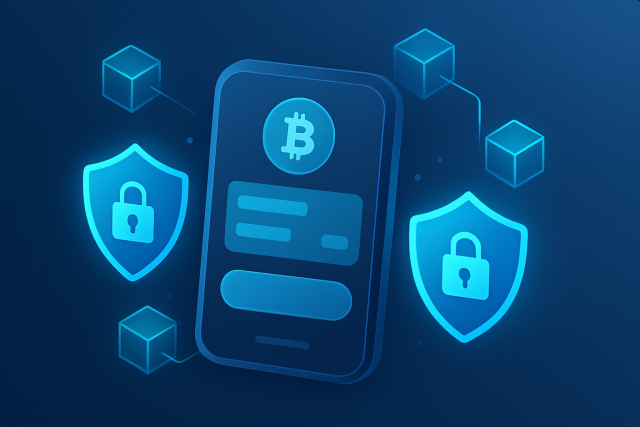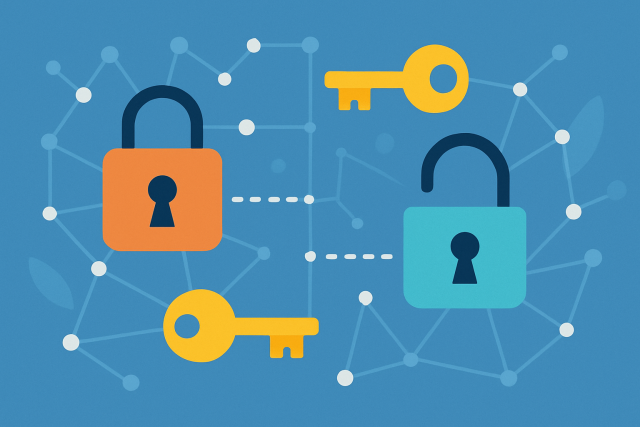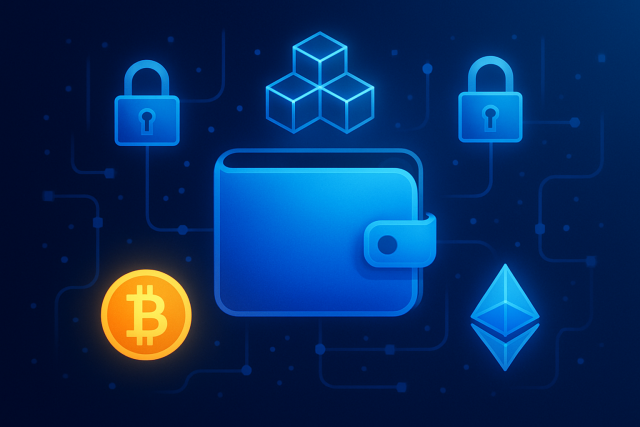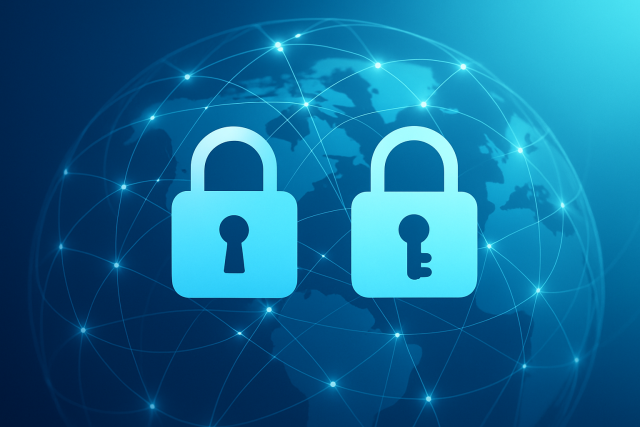WalletConnect Security Features for Crypto Users

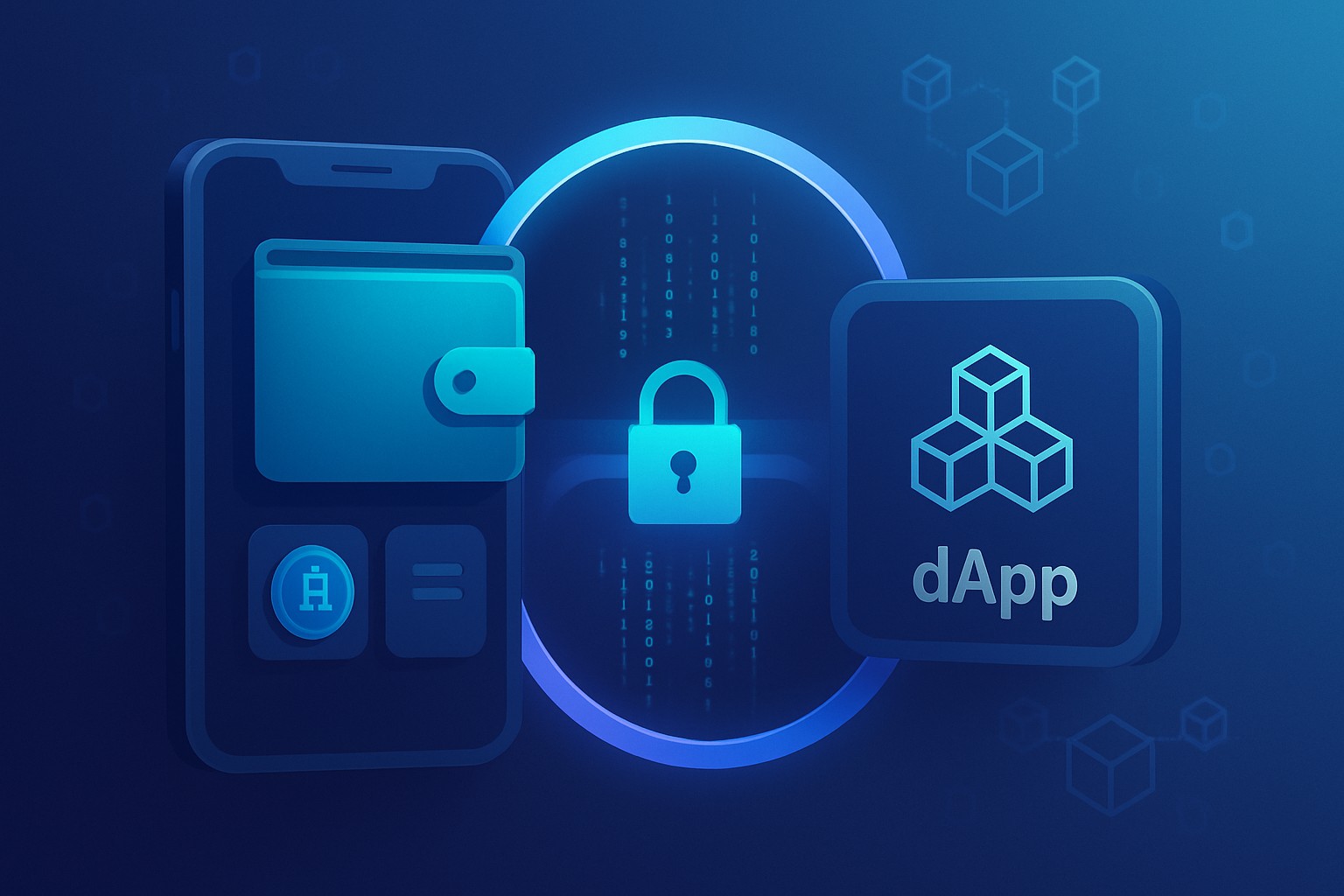
WalletConnect is a trusty protocol that makes sure wallet connect communication between your cryptocurrency wallets and decentralized applications (dApps) stays secure and encrypted.
What Wallet Connect Is and Why Security Matters (and Why You Should Care)
WalletConnect acts like a trusty bridge between your cryptocurrency wallet and decentralized applications (dApps) letting them chat directly without ever having to spill your private keys. It leans on a solid and secure connection protocol that saves you from typing sensitive info like seed phrases or private keys on stranger platforms. In the wild west of crypto, keeping this connection airtight is critical since hackers and scammers are always lurking and ready to hijack wallet sessions. This could mean unauthorized access and losing your hard-earned funds.
How WalletConnect Works From a Security Standpoint A Closer Look
WalletConnect works behind the scenes to establish a secure link between your wallet and a dApp by creating an encrypted session. Getting started is straightforward—you either scan a QR code or click a deep link to kick off the handshake. From there messages zip through an encrypted tunnel safe and sound.
- The wallet whips up a unique QR code or deep link to kick off the connection.
- The user then scans that QR code with their wallet app, sparking a handshake.
- An encrypted session steps in, setting up a safe and sound channel to swap messages.
- Transactions and requests glide through this locked-down connection.
- When done, users can easily wrap up sessions on their own terms.
Key Security Features of WalletConnect That You Should Know About
WalletConnect packs in quite a few essential security features designed to keep users safe while they’re diving into decentralized apps. It relies on robust end-to-end encryption alongside session-based authentication to block any unwanted access. The system doesn’t mess around—it enforces strict rules to make sure private keys stay well hidden, and it always asks users to give the green light on every single transaction.
End-to-end encryption plays the all-important role of keeping every bit of data shared between your wallet and the dApp completely private and immune to any funny business.
Session-based authentication acts like a bouncer at the door and makes sure wallet-dApp interactions happen only during approved sessions—nothing sneaky slipping through.
WalletConnect treats your private keys like crown jewels and never exposes or sends them outside your wallet, so they stay safe and sound.
Every transaction requires your explicit thumbs-up inside the wallet app before moving forward—no surprises just your clear consent.
The protocol also plays nicely with hardware wallets and lets you sign transactions offline. This is a smart move for an extra layer of security.
Complete End-to-End Encryption Keeping Your Secrets Safe No Exceptions
WalletConnect uses robust encryption techniques like AES-256 and other solid cryptographic standards to keep the connection between your wallet and dApp secure. Even if someone sneaks a peek at the data, it is useless to them because it is totally scrambled without the decryption keys.
Managing Authentication with Sessions A Hands-On Approach
WalletConnect relies on temporary, session-based authentication to keep things locked down and secure. When you connect your wallet to a dApp, a fresh session starts and only moves forward with your explicit thumbs-up. This session creates a secure bubble where messages can safely bounce back and forth. These sessions aren’t set-it-and-forget-it. They must be renewed or approved again to keep the conversation alive, which is a clever way to keep shady characters at bay.
Keeping Private Keys Secure (Because Losing Them Is No Joke)
One of the heart-and-soul features of WalletConnect's security is that your private keys never leave the cozy confines of your wallet. Unlike other connection methods that might be a bit too eager to share, WalletConnect sticks to sending only signed messages and transaction data—never those all-important secret keys.
Getting User Consent for Transactions
Securing user consent before any transaction isn’t just a box to tick—it’s the heart of building trust. Whether it’s a quick purchase or a complex agreement, making sure users are genuinely on board helps avoid headaches down the road. In my experience, a clear and friendly consent process not only keeps things above board but also leaves users feeling respected and in control.
Every single transaction or action kicked off through WalletConnect requires the user’s clear thumbs-up inside their wallet app. It’s a straightforward but important step to keep any sneaky unauthorized activity at bay.
Working with Hardware Wallets A Down-to-Earth Guide
WalletConnect plays nicely with hardware wallets such as Ledger and Trezor, which cleverly keep your cryptographic keys offline and away from internet-connected devices. This arrangement throws an extra layer of security into the mix, cutting down risks from malware and phishing scams.
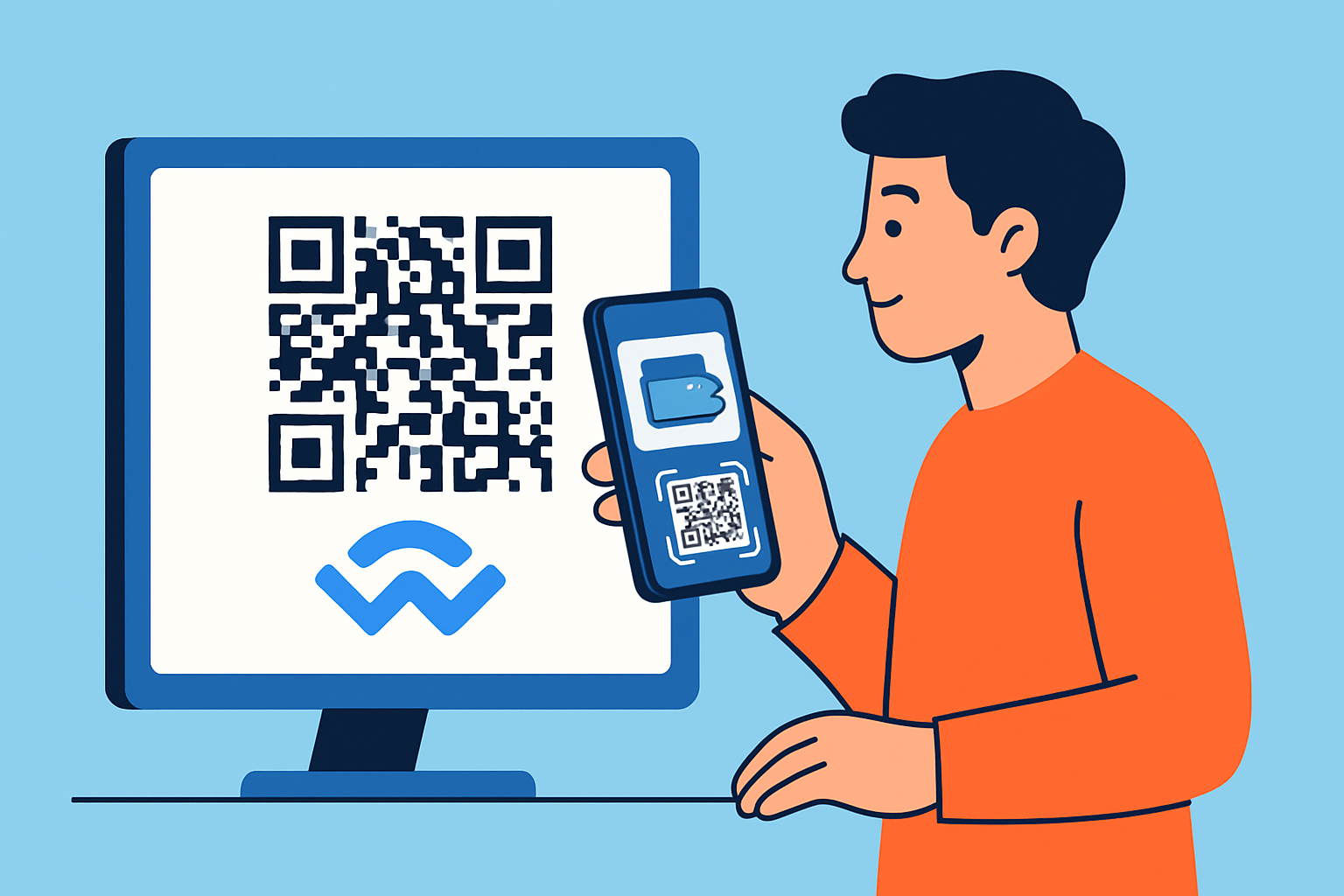
Common Security Threats to WalletConnect and How They Are Tackled Head-On
WalletConnect definitely steps up the security game but users should still watch out for risks like phishing scams, fake session requests and malicious dApps that try to steal credentials or push unauthorized transactions. Thankfully WalletConnect’s encryption and session approval process team up with handy user controls to keep these threats at bay.
- Phishing scams have a sneaky way of tricking people into scanning harmful QR codes, which is why WalletConnect wisely recommends double-checking that the source is one you can really trust.
- End-to-end encryption plays the key role of shutting down man-in-the-middle attacks by keeping those message channels locked up tight.
- Thanks to session-based authentication and giving users the reins to control their active connections, the risk of session hijacking takes a serious hit.
- No transaction gets the green light without the user explicitly confirming it first, putting a solid stop to any unauthorized actions sneaking through.
Keep yourself out of trouble by always double-checking those dApp URLs before connecting—it's a simple step that can save you a headache later. Steer clear of scanning QR codes from sketchy or unknown sources, and don’t forget to disconnect your sessions whenever you’re not actively using them.
Tips for Using WalletConnect Safely - A Handy Guide
Only connect your wallet to decentralized applications you genuinely trust and that have built up a solid reputation—no shortcuts here.
Take a good, careful look at the transaction details before hitting approve. This is your best bet to dodge any sneaky mistakes or scams.
Once you’re done, make it a habit to disconnect your WalletConnect sessions immediately so you’re closing any open communication doors tight.
Using hardware wallets with WalletConnect to sign transactions offline usually gives your security a nice little boost.
Keep your wallet apps and all related software up to date to ensure you’re running the latest security patches. This can make all the difference in staying safe.
Following these best practices goes a long way in lowering vulnerabilities and giving your protection a solid boost against common exploits. For instance, disconnecting inactive sessions nips potential attack points in the bud. Staying on top of software updates regularly means you’re better shielded against those pesky new risks that tend to pop up. Using hardware wallets with WalletConnect adds a vital offline layer of security that you really don’t want to overlook. Taking the time to review transactions carefully can save you from costly mistakes or fraud.
WalletConnect v2 Stepping Up Security and What’s Coming Next
The latest version WalletConnect v2 packs a bunch of security upgrades designed to step up user safety and smooth out the overall experience. It now offers multi-chain support that gives users the flexibility to juggle separate sessions for each blockchain like a pro. The encryption protocols have been beefed up and session expiration controls are now more finely tuned. The prompts have been polished to guide users through secure interactions with much more clarity and confidence.
- We rolled out some pretty advanced encryption algorithms to seriously beef up data protection.
- The system now plays nicely with multiple blockchain networks at the same time, keeping each session nicely isolated.
- Users can set their own session expiration, which is a handy little feature to cut down on the risk of connections lingering way too long.
- We also spruced up the user experience a bit to help people avoid those pesky accidental approvals or falling for phishing schemes.
These updates not only boost security but also make the wallet connect process feel smoother and more intuitive, gently nudging users toward safer habits without making it a chore.
Frequently Asked Questions
Is WalletConnect safe to use with any dApp?
WalletConnect is pretty secure overall but safety depends a lot on the dApp you’re connecting to. It’s wise to double-check the dApp’s authenticity and reputation and steer clear of anything that feels fishy. WalletConnect does its part with encryption and session controls to keep your data locked down. That said, scams can pop up if you approve dodgy transactions.
Can someone hack my wallet through WalletConnect?
With WalletConnect’s end-to-end encryption and session-based authentication, getting hacked is unlikely. But phishing attacks like fake QR codes or approving shady transactions are still lurking. My advice? Always check session requests carefully, disconnect unused sessions, and never share your private keys. That’s just asking for trouble.
Do I need a hardware wallet to use WalletConnect securely?
You don’t have to have a hardware wallet but they add peace of mind by keeping your private keys offline. WalletConnect supports devices like Ledger and Trezor for offline transaction signing. This setup is popular for individuals with high-value accounts or anyone who wants extra security.
How do I disconnect a WalletConnect session?
Disconnecting a session is easier than you might think. Just open your wallet app and find the active sessions section, usually called 'Connections' or 'Linked Apps'. There you can cut off any sessions you’re done with or ones that look sketchy. It’s a simple habit that helps keep your wallet safe from uninvited guests.
What happens if I accidentally approve a malicious transaction via WalletConnect?
WalletConnect makes you approve every transaction so slip-ups can happen. If you approve a bad transaction, act fast: disconnect the session, revoke permissions in your wallet, and consider moving your funds to a fresh address. Also, keeping an eye on your transaction history is never a bad idea—better safe than sorry.
How does WalletConnect v2 improve security over v1?
WalletConnect v2 steps up the game with stronger encryption, session isolation across multiple chains, customizable session expiration, and clearer prompts for users. These upgrades help reduce risks like cross-chain exploits, lingering sessions, and accidental approvals. In short, it’s a tighter ship all around.


